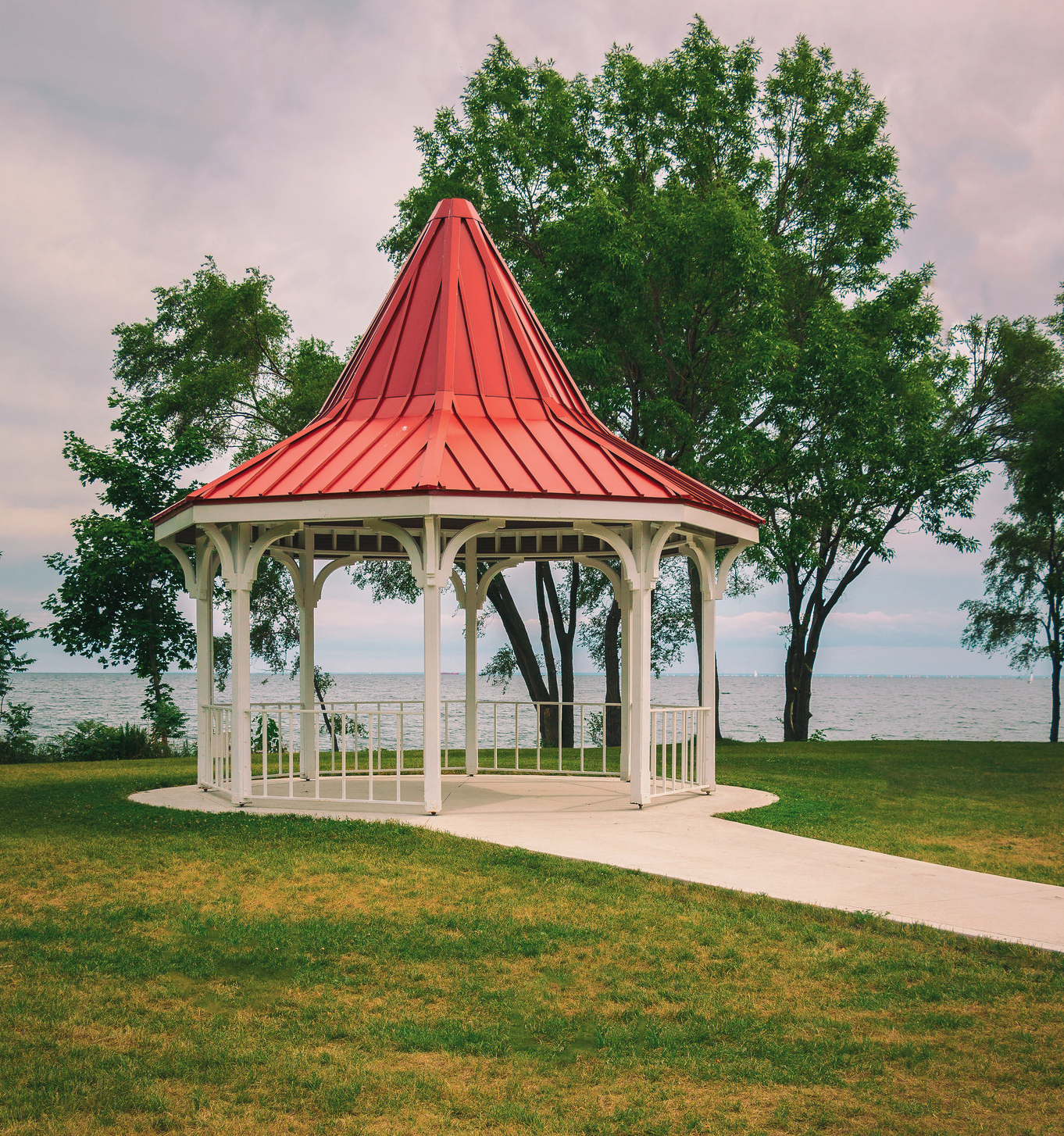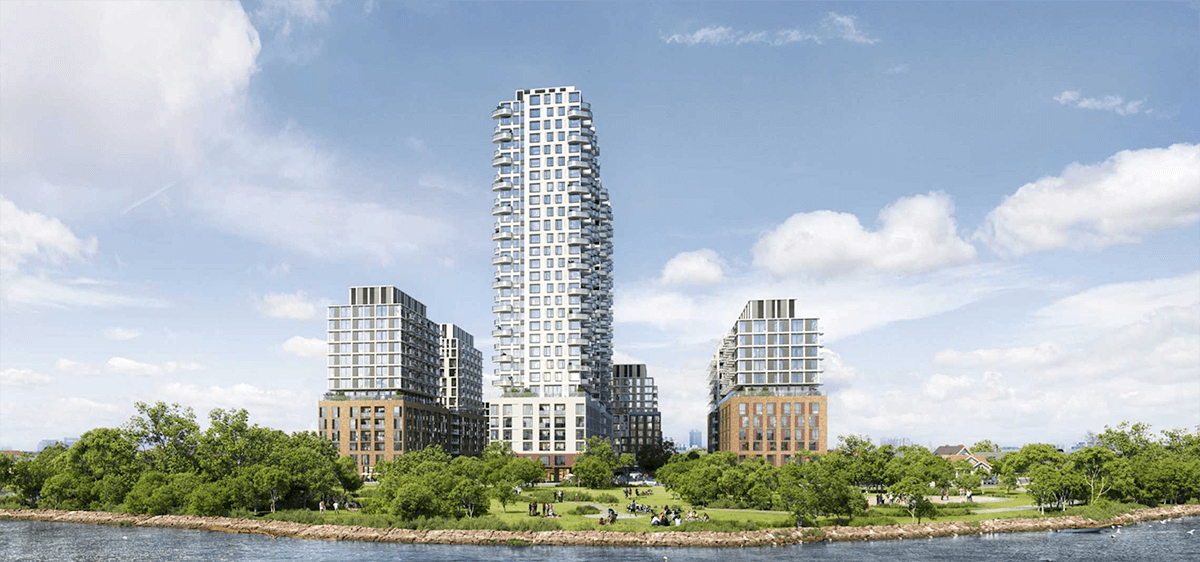

The Long Branch Community
Long Branch, a neighborhood in Toronto, boasts a rich history and a close-knit community. Initially a popular summer resort village, it has transformed into a thriving residential area while maintaining its unique charm. Throughout its history, residents have actively worked to protect the neighborhood's waterfront and preserve its natural beauty.
Long Branch's roots date back to the 19th century when it served as a sought-after retreat for Toronto's elite. Today, it is a tranquil suburban enclave with well-preserved heritage homes, picturesque tree-lined streets, and a strong connection to its surroundings. The neighborhood's residents have been instrumental in safeguarding its waterfront, ensuring public access, and striking a balance between development and environmental conservation.
However, the proposed development by BDP Quadrangle poses a threat to the character of Long Branch. Concerns arise among residents who fear that this new project could disrupt the carefully built community. Increased density, aesthetic changes, and potential loss of public waterfront access are key worries. In response, residents are uniting once again, raising awareness, engaging with local authorities, and advocating for responsible and sustainable development practices that align with their vision for the neighborhood's future. Their commitment to preserving Long Branch's beauty underscores their love for the community and their dedication to its lasting legacy.
GoFundMe Change.org
Increased Traffic, Loss of Housing & Destruction of Nature
A proposed five-tower development on Toronto Lakeshore has sparked concerns among the local community due to its potential negative impacts. This article highlights several key issues raised by residents regarding the development and its potential consequences for the community.
Eviction of Existing Tenants
One of the primary concerns surrounding the proposed development is the eviction of existing tenants to make way for the new buildings. Many long-time residents who have built their lives in the community now face displacement and uncertainty about their future housing situations. The eviction process not only disrupts the lives of these individuals but also threatens the sense of community and social fabric that has been developed over the years.
Removal of Historical Trees
The development plans also entail the removal of historical trees that have long defined the character of the community. These trees not only provide aesthetic appeal but also contribute to the overall environmental health and well-being of the area. Their removal is seen as a loss of natural heritage and diminishes the community's connection to its history and environment.
Increased Traffic and Lack of Public Transit Improvements
Concerns have been raised regarding the potential increase in traffic resulting from the new development. Without corresponding improvements to public transit infrastructure, the influx of residents and visitors is likely to exacerbate congestion issues. The lack of discussion or concrete plans for enhancing public transit options further compounds the problem, leaving the community to bear the brunt of increased traffic congestion and limited transportation alternatives.
Insufficient Parking Spaces
The proposed development includes a significant number of residential units but fails to provide an adequate number of parking spots. This discrepancy raises concerns about the availability of parking for both new residents and existing community members. Limited parking options could lead to increased competition for parking spaces, potential conflicts, and an overall reduction in the quality of life for residents who heavily rely on personal vehicles.
Displacement during Construction and Non-Rent-Controlled Units
While the new buildings are being constructed, existing renters are promised the opportunity to move into the new units. However, the question arises: where will these individuals go during the construction period? The lack of clear solutions or alternative housing arrangements adds to the uncertainty and stress experienced by those affected. Additionally, it is worth noting that the new units will not be rent-controlled, potentially resulting in increased housing costs for tenants who may already be struggling with affordability.
